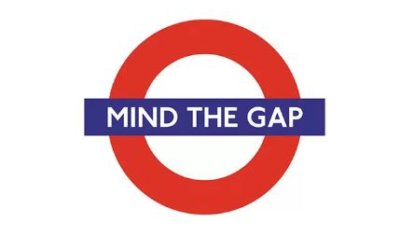It’s a question we hear frequently. As hard as they’ve tried, new student numbers steadily decline while tuition discounting eclipses price increases. Budgeting is an annual ritual of optimistic projections in the spring followed by reactive cost cuts the following fall. Student to faculty ratios decline. Maintenance is deferred. There is a pall over the campus.
I offer an example to my anxious client, “Consider Ford.”
Well before the Great Recession, a record American market for over 17 million vehicles failed to provide anything more than meager profits to the blue oval. Incentives and discounts were tearing at revenues, with consumers demanding 0% for 72 months AND a rebate AND a discount etc.. Leveraging everything they could, Ford focused on an aggressive product development plan, followed by a mid-course correction in 2008 to bring their breakeven to match a market projected to shrink to a little over 10 million units. (Sound familiar?)
During the recessionary period, reductions in capacity were matched by careful pricing strategies. They were less interested in market share, opting rather for the sale of products that had some kind of margin. While Chrysler and GM waded through bankruptcy, Ford continued its development plan. (Read “American Icon” by Bryce Hoffman to get a real taste of what they did.)
In nearly every campus we visit, projections continue to be biased toward growth, even though there are over 2 million fewer students in higher education today than there were six years ago. http://hechingerreport.org/universities-colleges-struggle-stem-big-drops-enrollment/. Add to this a serious deficit in trade professionals https://www.angieslist.com/articles/why-do-we-have-skilled-trade-shortage.htm. Finally is the trend toward making public education free. https://www.forbes.com/sites/joshfreedman/2014/02/14/the-promise-of-free-public-higher-education/#646a1e76661f. While the phrase “perfect storm” may be overused, it seems applicable here: fewer students, the need for vocational training and cheap alternatives.
Yikes.
Based on our visits to over fifty schools, with most of them contending with reduced demand, here are our suggestions.
1. Think smaller. You will not overcome the market. Planning to shrink is better than annually reacting to lower demand. If you grow, you will figure out what to do with the resources.
2. Create a multi-year plan to reduce people cost as part of a multi-year budgeting model. We have crafted a number of voluntary separation incentive programs that accomplish this.
3. Phase out programs that attract few new students.
4. Add programs with promise, including those that can be marketed digitally nationwide.
5. Consider resetting your price for new students, but with much less institutional aid. Price tags of $40,000 or more mean students don’t even look at you. Make sure you wind up with a healthy net tuition revenue in the end. Can you match the total cost of a public?
6. Ignore students who showcase offers from a bunch of other institutions. You cannot win the ten school tango. If they truly love your school, they will pay more to you than to a place they don’t like.
7. Don’t fall for the athletic arms race. Schools that increase their athletic offerings tend to balloon discounts while ratcheting up program cost per student. This is especially true for D3. And, if visiting students think they are at a sports camp …
8. Recruit new students based on their tendency to retain, not your ability to bring in one semester flameouts.
9. Identify a successful institution that is smaller than you are and emulate their resource investment.
10. Plan to earn the right to build something new within five years, funded with surplus operations. Building has proven to be one of the most successful ways to attract students and new facilities allow older, inefficient ones to be retired, addressing deferred maintenance and operating costs together.
No, these are not sure-fire mechanisms and they might not be all that sexy. But planning to be smaller and stronger is what is working for those confronting reduced demand.
Are you ready?



